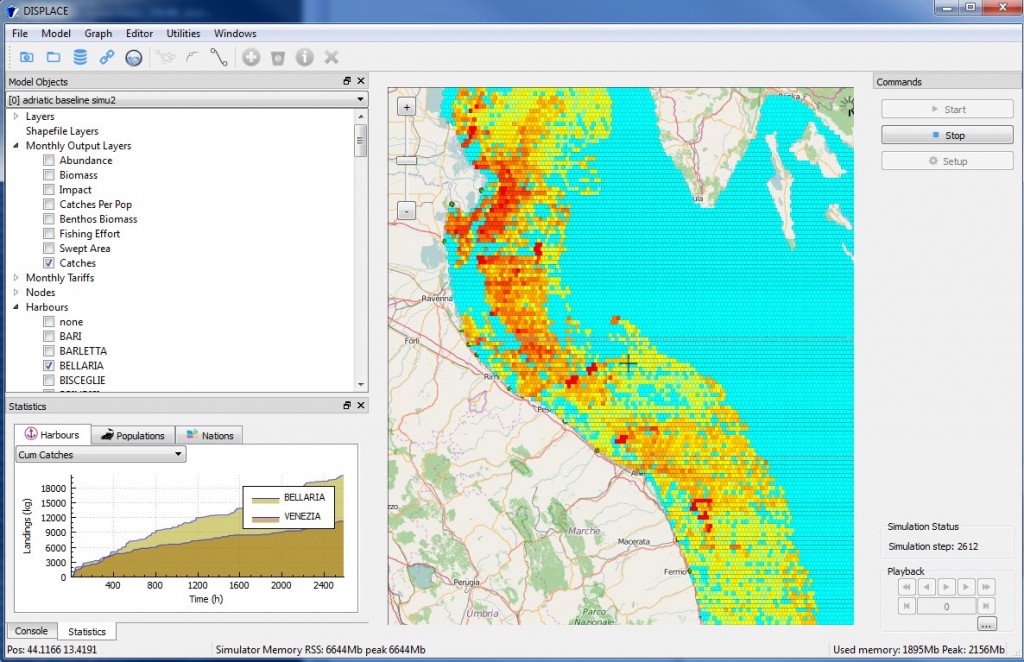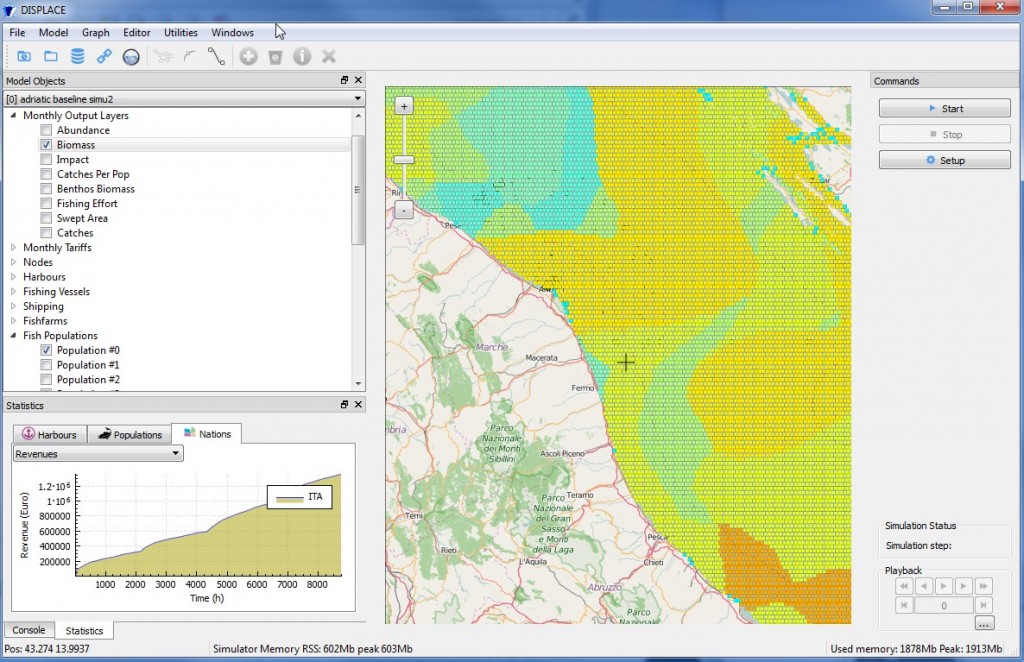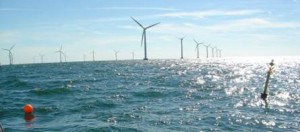We are setting the first steps in developing a fish and fisheries DISPLACE application for the northern Adriatic Sea in support of maritime spatial planning and management issues, especially from the perspective of the Italian coastal fisheries. The model provides a test platform for running Monte-Carlo simulations that project scenarios of alternative spatial management scenarios and fishing effort distributions.  We evaluate how fisheries revenues and environmental benefits are affected. This first application to the Adriatic Sea should provide technical inputs for the development of a bio-
We evaluate how fisheries revenues and environmental benefits are affected. This first application to the Adriatic Sea should provide technical inputs for the development of a bio- economic model in order to guarantee effective science based inputs allowing policy improvement and better governance at cross-border level for fisheries management and marine spatial planning.
economic model in order to guarantee effective science based inputs allowing policy improvement and better governance at cross-border level for fisheries management and marine spatial planning.
(Attached screenshots in this margin are very preliminary outcomes and should not be used to give any kind of advice)


